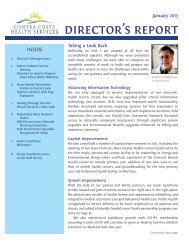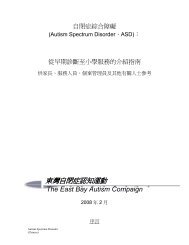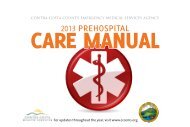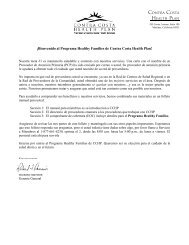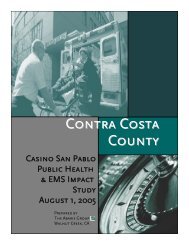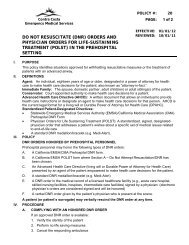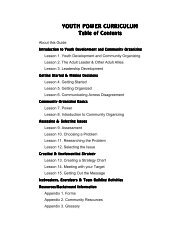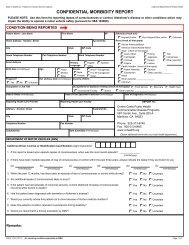Lesson 8: Introduction to Community Organizing Lesson 8 ...
Lesson 8: Introduction to Community Organizing Lesson 8 ...
Lesson 8: Introduction to Community Organizing Lesson 8 ...
You also want an ePaper? Increase the reach of your titles
YUMPU automatically turns print PDFs into web optimized ePapers that Google loves.
The The The Basics<br />
Basics<br />
8-3<br />
<strong>Community</strong> <strong>Organizing</strong><br />
Direct action community organizing is one way <strong>to</strong> fix a problem. The thing that<br />
makes this method different from other ways of fixing problems is that it works <strong>to</strong><br />
challenge the power structure (pyramid of power) that allowed the problem <strong>to</strong><br />
happen in the first place.<br />
One well-known movement that successfully used direct action community<br />
organizing is the United Farm Workers, spearheaded by Cesar Chavez. By<br />
building coalitions with faith communities across the country and forging the<br />
support of unions, students, and consumers, Chavez built national support for a<br />
long-standing boycott of grapes. Non-violent tactics like picketing and a 340-mile<br />
march <strong>to</strong> Sacramen<strong>to</strong> also focused attention on the struggles of farm workers.<br />
These combined actions resulted in the first successful U. S. farm workers union<br />
and significant benefits for farm workers. Notably, the farm workers movement<br />
crossed both racial and class lines, and involved women, such as Dolores<br />
Huerta, in strong leadership roles.<br />
Direct action community organizing is when people who are affected by a<br />
problem decide on a solution, and with the strength of their numbers put pressure<br />
on politicians or whoever can make concrete improvements <strong>to</strong> the problem <strong>to</strong> do<br />
so. It’s about changing who has power; it’s about people coming <strong>to</strong>gether and<br />
building power <strong>to</strong> get what they want.<br />
Two key concepts in community organizing are self-interest and community<br />
interest. Many people see self-interest as a bad thing but it’s not. Self-interest<br />
is your concern for your priorities, your health and safety, and those of people<br />
that are connected <strong>to</strong> you (friends, family, neighbors). <strong>Community</strong> interest is a<br />
collective concern for priorities, health, and safety shared by a group of people.<br />
Self-interest and community interest motivate people <strong>to</strong> come <strong>to</strong>gether <strong>to</strong> get<br />
power and make change.<br />
In this section youth are asked <strong>to</strong> think about their self-interest. They are also<br />
asked <strong>to</strong> consider different ways of making change, and the power that a<br />
community can have when its members decide <strong>to</strong> work <strong>to</strong>gether <strong>to</strong> solve a<br />
problem.



